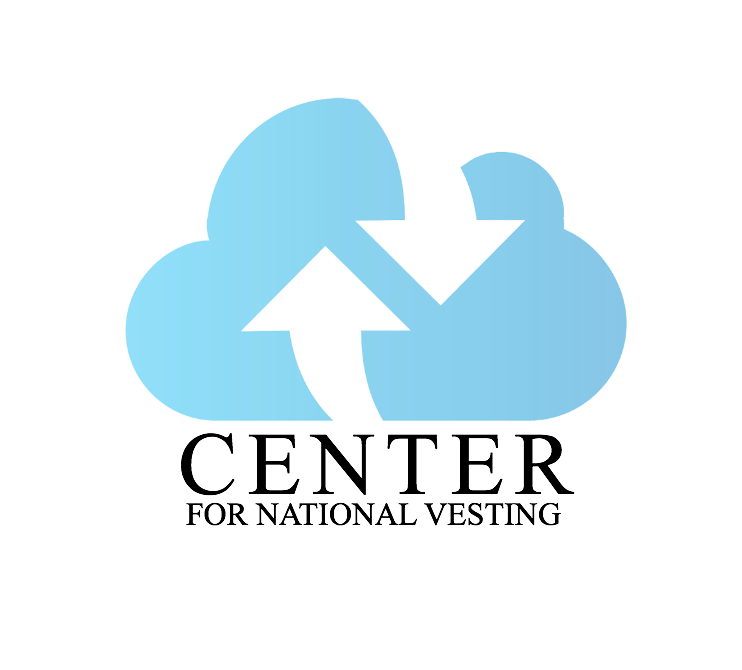In recent years, discussion of free college has become a frequent talking point in political and media circles. Several states in the US are attempting to create or have already created programs that would allows students that qualify to attend public colleges for free. For example, Tennessee has a program that makes community college free for all residents. In addition, New York offers free public college education for those that qualify. Overall, however, the US public college system is a for-profit system. Status as a for-profit system is increasingly questioned by the public who reads and hears about other countries offering public college free to their citizens.
For instance, Germany offers a free college program for all citizens. Their program, first implemented in the 1970s, has an interesting history. The German free college initiative started in 1971 when the government abolished all tuition costs. Over time, there were modifications to the law, but the core component of it has stayed the same. In 2005, however, Germany’s Federal Constitutional Court ruled that it was permissable for colleges to reinstate tuition causing a severe backlash by the German population. The backlash was so significant that most states chose to remain tuition-free.
While people in Germany, and other countries, enjoy free college education, the US lags behind in their efforts. Often, the political and media establishment question programs that offer free college due to the cost.
At the Center for National Vesting, we want to change all that. Free public college education is not only possible, but easily affordable thanks to National Vesting (a part of our new economic theory – Newtonian Economics).
National Vesting enables us to equitably distribute a percentage of workforce contributions to Market Surplus (i.e., excess production in our economy) back to the workers that contributed to it. This market surplus is estimated at $15T and it is growing daily. How is this possible? A form of National Vesting is in use today called quantitative easing. Although there are important distinctions between National Vesting and quantitative easing, National Vesting is based on quantitative easing, which is in use around the world today.
Using Market Surplus to pay for public college education is a win-win situation for the government and citizenry. Distributing Market Surplus to Americans will not cause inflation, nor will it add to the deficit. In fact, the estimated Market Surplus is so high that it is possible to fully fund the US government, cover healthcare and public education, and provide debt and tax relief for every citizen.
While this may sound unrealistic, consider the use of quantitative easing (QE) in the US and around the world to address several recessions, including the great recession. In the US, for example, the FED used QE to pull the country out of the recession. Programs like ‘Cash for Clunkers’ and many others were used to stimulate the economy. In the UK, the Bank of England used QE to pull their economy out of a recession. Similary, the Bank of Japan used QE to pull their economy out of a recession. The US, UK, and Japan are all prominent concrete examples of using QE effectively. Doing so, by the way, did not add to the deficit of these countries, nor did it increase deflation.
Using National Vesting to pay for public college ensures that we avoid deficit and inflation risks by measuring and identifying Market Surplus and using it to avoid the boom or bust economic recessions we suffer today.

